I never intended to purchase a Leica Q when it was first announced. I watched a couple of videos on YouTube that entered my feed when it was initially released and disregarded it. Presumably due to how street shooter centric the videos were. A year later I had sold my A7 series Sony in the hope to simplify my equipment. I was predominantly shooting film for commercial and personal use and was starting to grow frustrated that the Sony was simply not as enjoyable to work with as my analogue offerings.
There is however no denying the convenience and immediacy that digital offers however. I still required a digital camera for demanding editors. My newly arrived niece also appears to be somewhat of a ninja; she evaded my manual focus lenses with remarkable ease resulting in some of the worst hit rate I’ve had with film. So a new digital camera was required, yet ideally one with an analogue shooting experience – hopefully this would not transpire to be an oxymoron.
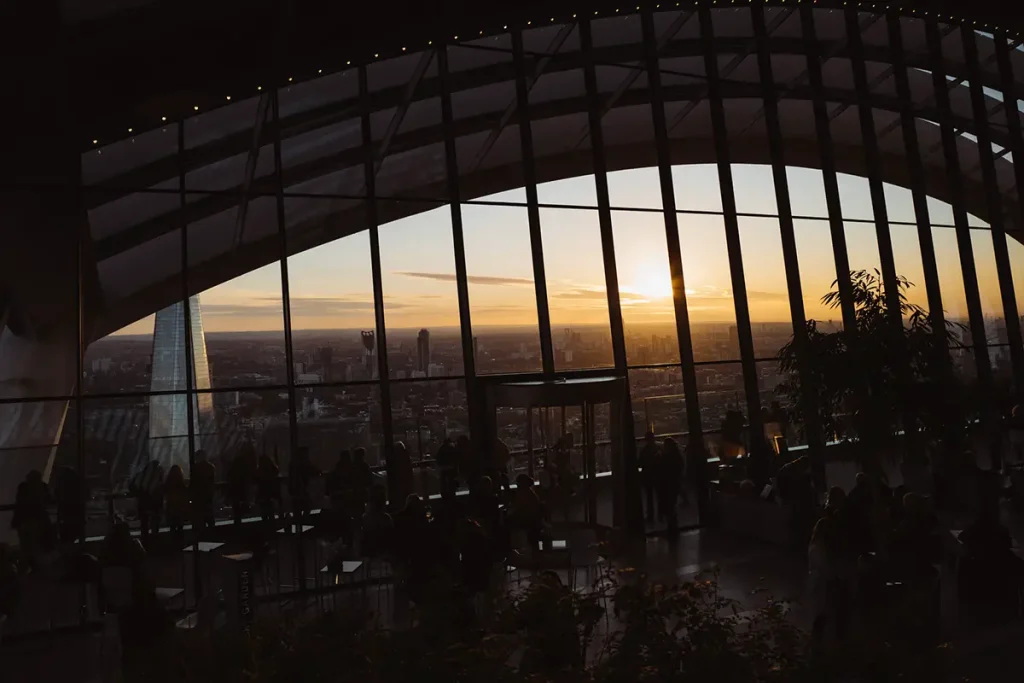
X to Q
In my endeavour to find a more analogue digital experience my first port of call led me to pre-order a Fuji X100F with the portrait teleconverter. I had previously owned a X100S quite some time ago, so I was quite looking forward to the latest iteration. The X100F is an outstanding camera, which I owned for six months including the period Hamish used it for his review. It will do everything you want within the limitations of its form factor, and has more features and custom settings than you can shake a stick at, yet personally I didn’t bond with it.
To elaborate – On day of release I ventured home with my pre-ordered unit excited to try the camera. I was especially intrigued to test the new ERF, which my old X100S didn’t have. This mode, when activated, opens up a small window inside the optical viewfinder, which shows exposure and focus confirmation all of which sounds great if I could get the thing to work. Try as I might I flipped the switch on the front of the unit to change viewfinder modes and nothing. Flipped it left, flipped it right, to the left twice, to the right twice, left right, right left, and then flipped it onto the sofa slightly frustrated. Dave my not so trustworthy Jack Russel – he is an established sausage thief looked at me quizzically. I reluctantly consulted Google on my phone. After squinting at some forums for half an hour I was left no option to read the manual, which has five pages just dedicated to its contents – In comparison the Leica which I will move on to shortly has only two pages.
After drowning my failure in tea and custard creams I established that the aforementioned setting is only available in certain camera and focus modes, which obviously all makes perfect sense after playing about with it for a few hours but it did leave me asking why it wasn’t more straightforward. Hamish goes far more into this on his review; I hold a similar-ish viewpoint. Ultimately Dave packaged the camera up and found it a new home.


Q not to be confused with the M
The Leica Q is a 24mp digital mirrorless full frame camera, which is equipped with a 28mm fixed focal length lens with an aperture range of F1.7-F16.
The leaf shutter is capable of actuating at 1/2000s mechanically. If you require a faster shutter speed for capturing images of the Millennium Falcon on the Kessel Run it will fire up to 1/16000s electronically. In each instance the shutter actuation is as quiet as a giraffe blinking.
Framing with the Leica Q is via an electronic viewfinder (EVF) equipped with 3.68 million dots. I’ve not tried to count them all but Leica ensures us they’re there. This EVF in comparison to the Sony A7 and Fuji X100F is a delight to use. Yes it’s still a small flashy screen, but it gives the appearance of depth and the colours are more neutral resulting occasionally in me thinking it’s an optical image. It can provide as little or as much information as you would like. The EVF also has dioptric adjustment, a feature my failing right eye appreciates.
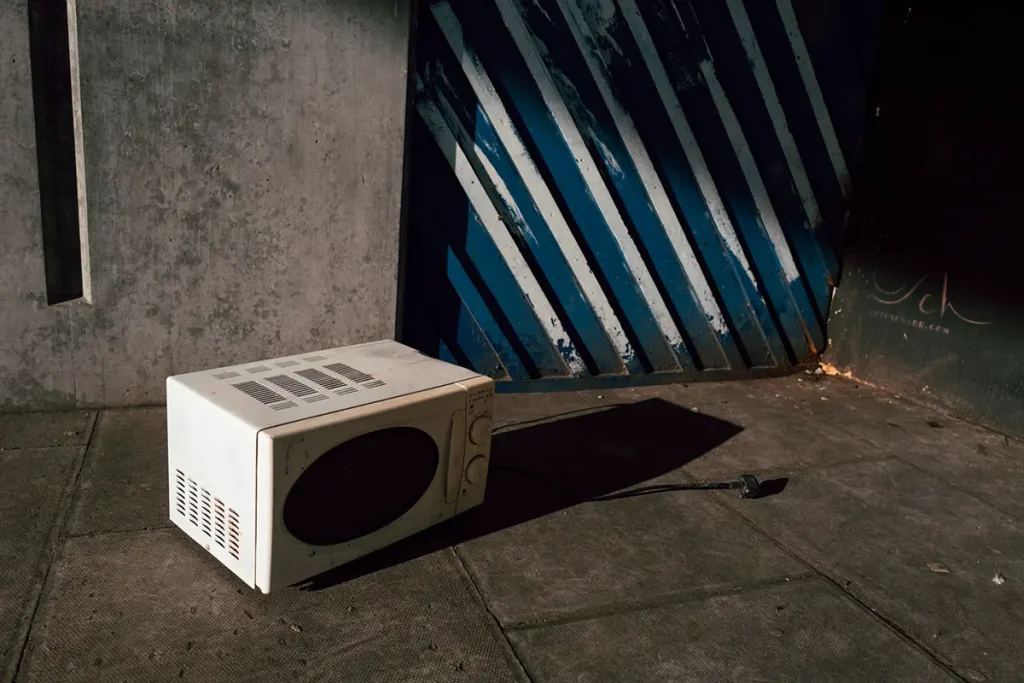
Ergonomics and aesthetics
The Leica Q feels quite weighty at 640grams. In comparison to its fixed frame rivals, the Sony R1Xrii weighs 507 grams, and the Fuji X100F comes in at 469grams. I don’t suffer any fatigue or shoulder/back pain when carrying the camera around for a day. However unlike the Fuji there is no way you can slip this camera into your pocket. In the hand the camera feels good and I really appreciate the recess for your thumb on the back of the camera. However I would not like to hold the Q in a prison shower where it would be just as slippery as a bar of soap. The addition of a hand grip is a reassurance especially if you’re not using a strap.
What’s my opinion aesthetically of the Leica Q? It’s modern and minimalistic. Leica in my opinion has not gone down the Fuji route of trying to look like a vintage camera, nor have they gone the Sony route of creating a camera that is unmistakably digital like the Sony RX1r. It doesn’t have a bright model designation on the front of the camera, and the red Leica badge isn’t a dominating feature. As digital cameras go I think they’ve done a good job, but I appreciate this is all very subjective.


Lens and focusing
Unlike a Leica M, focus can be achieved automatically. For general shooting it’s as fast as you would ever need. I’ve not had any issues with it struggling to obtain lock although I do tend to keep it fixed to a certain point. My niece has yet to triumph over it so that’s an achievement in itself.
The Leica Q supports a touch screen that can be used to assign focus points. I don’t tend to use this feature and keep the touch screen off as I like to compose images more traditionally, however it’s there and it seems to work as you would expect if that takes your fancy.
Manual focusing
The implementation of manual focusing on the Leica Q is the best I’ve seen on a mirrorless camera and truly is the Leica’s party trick. Manual focusing is activated via a small button situated on the lens tab. The lens can then subsequently be turned roughly 120 degrees to its minimum focus distance of 30cm. The action is smooth but in my opinion overly dampened so it can take a little time to reach the hard stops. It’s not like focusing a manual Leica lens, which I would say was like gliding through butter. If 30cms is not close enough there is a third macro ring on the lens. Once turned the depth of field markings are shifted to reflect a new focus distance of 17cm – 30cm. It’s pure genius and I recommend you watch a video of this on YouTube so you can see the magic yourselves. In manual focus mode the EVF will confirm focus either via magnifying the image, focus peaking, or a combination of the two.
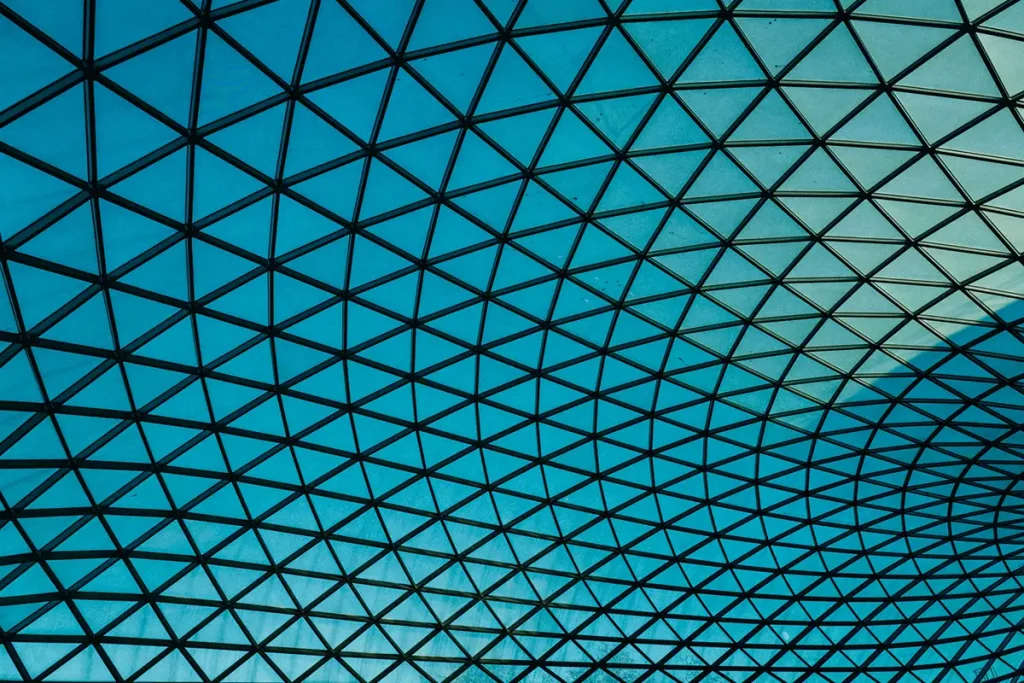
28mm, 35mm or 50mm
If 28mm is too wide for you theres an option in the Leica Q to shoot in simulated 35mm or 50mm focal lengths. Essentially what the camera is doing here is automatically cropping your image. Thus a 35mm crop will reduce your resolution down to 15mp, and the 50mm crop will leave you around a 7mp image. If you decide to shoot in a crop mode in homage to Leica’s rangefinder heritage, frame lines appear in the EVF indicating the applicable focal length. To be honest, nice as it sounds if I was going to crop an image I would do it in post-production so it’s not a feature I use.
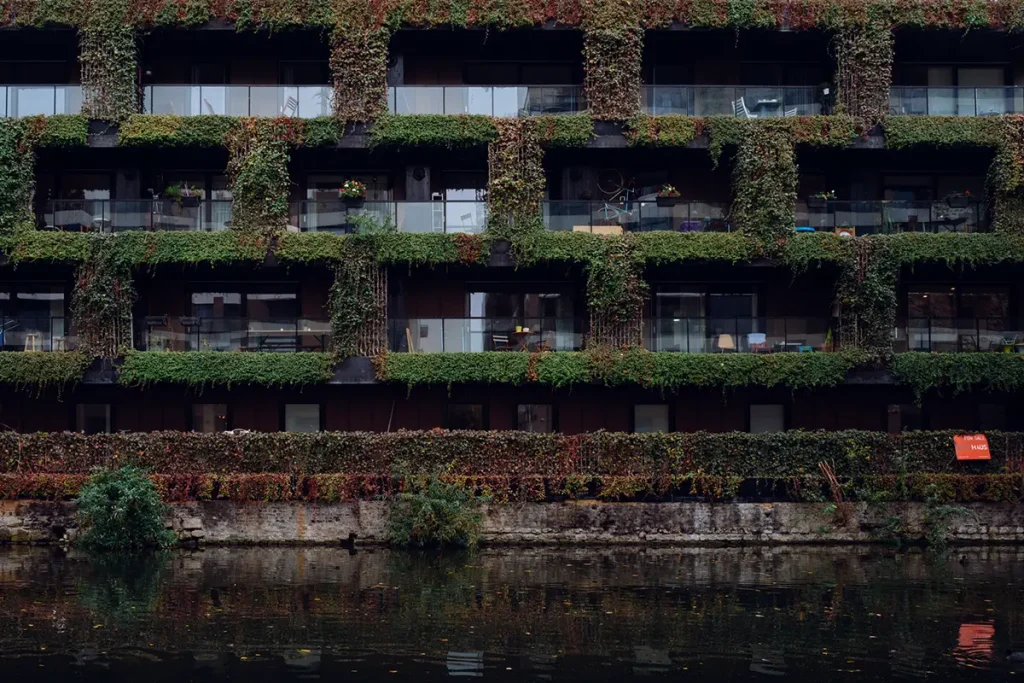
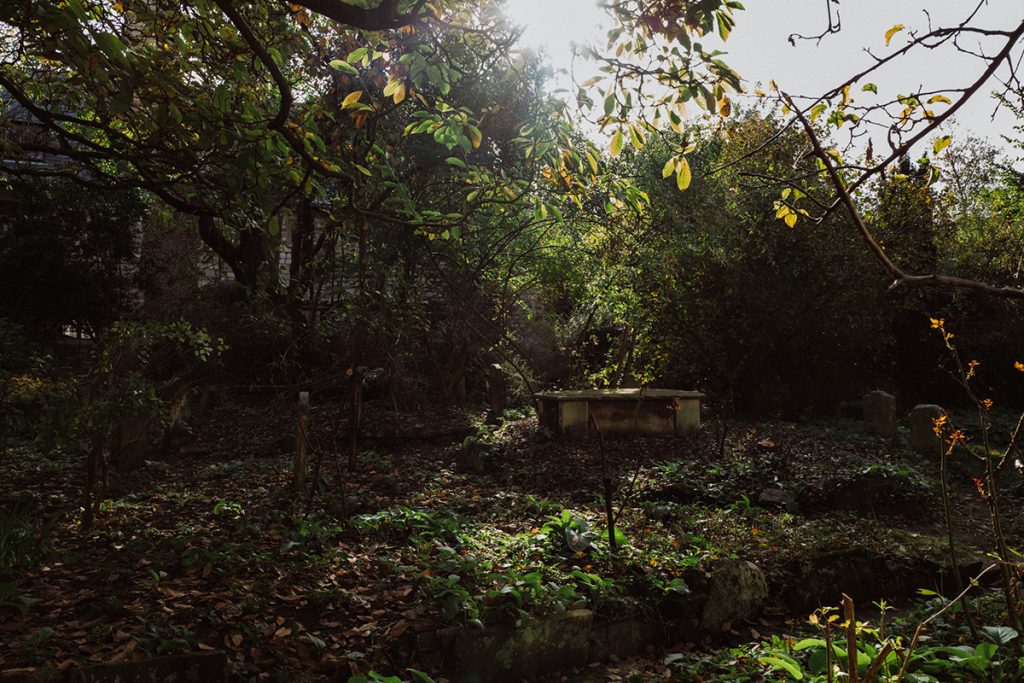
So what is the Leica Q like to use?
It’s pretty glorious to use in practice. For a digital camera anyway.
All the general functionality is situated on lovely bits you can twist and turn and it feels good in the hand. As with a lot of mirrorless cameras it’s small and inconspicuous enough not to be offensive to the general populous, which is a massive plus compared to a big SLR.
What I didn’t expect when I purchased the Leica Q was a more natural colour rendition compared to the Japanese digital cameras I’ve become accustomed to, which provides in my opinion a better base image to apply your own postproduction too.
The 28mm focal length has been interesting and a little readjustment was required. I’m generally a 50mm shooter, who sometimes dabbles his toes in the waters of 35 so this was a big difference. At times it has felt that I’ve had the whole world in front of my lens and as a travel/day-to-day camera I’ve really started to embrace this. I’ve also been able to shoot in small internal spaces, which is something I’ve not been used to.
On a slightly odd note the RAW files have a built in lens profile situated within them that Lightroom automatically applies on import that can’t be turned off. It’s not an issue but I do wonder what the image would look like without it.
The automated white balance has so far not been vanquished. It’s always judged the scene correctly even with multiple light sources in action. I’ve been very impressed with this.
Metering in multi-field is slightly over exposed for my liking, not by much, but slightly over. I tend to spot meter with all my cameras and in this mode I’ve not had any complaints.
I’ve not had any issues with battery life. I’ve done a shoot for three hours and still had half a battery remaining. In addition I’ve walked around the city for the day and the battery has lasted longer than my feet. If you do have battery anxiety I recommend buying an additional Panasonic battery, which works fine with the camera.
Unlike a Leica M or one of my manual film cameras, my girlfriend, friends, and even my mother are able to use the Leica Q. I don’t have to explain rangefinders or have to pre-set the lens to a hyperfocal distance for them to take a quick snap. Again this wasn’t something I considered when I bought the Q and reminds me how accessible digital cameras really are.
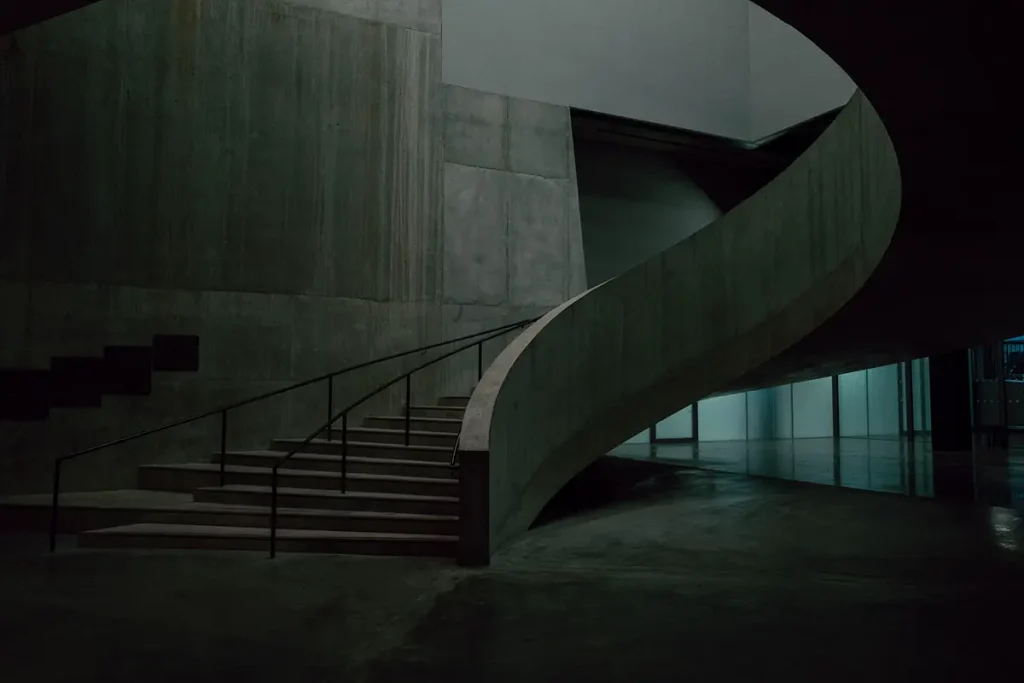
Cost
There is no denying that the Leica is an expensive mirrorless camera. You can buy two cropped frame Fuji X100Fs for the price of the Q and a bunch of accessories. Alternatively you can have a full frame Sony RX1R ii and have some change. The Sony now supports at 42mp sensor in its new iteration. Both cameras are also equipped with a ‘standard’ 35mm equivalent focal length lens.
There is one big positive if you compare the cost of the Q to a standalone Leica 28mm Summilux M-mount lens. the M-mount lens works out more expensive than the Q – essentially with the Q you are getting a free camera body with a fraction slower lens attached. That’s quite a compelling argument if you are looking at purchasing the M-mount lens.
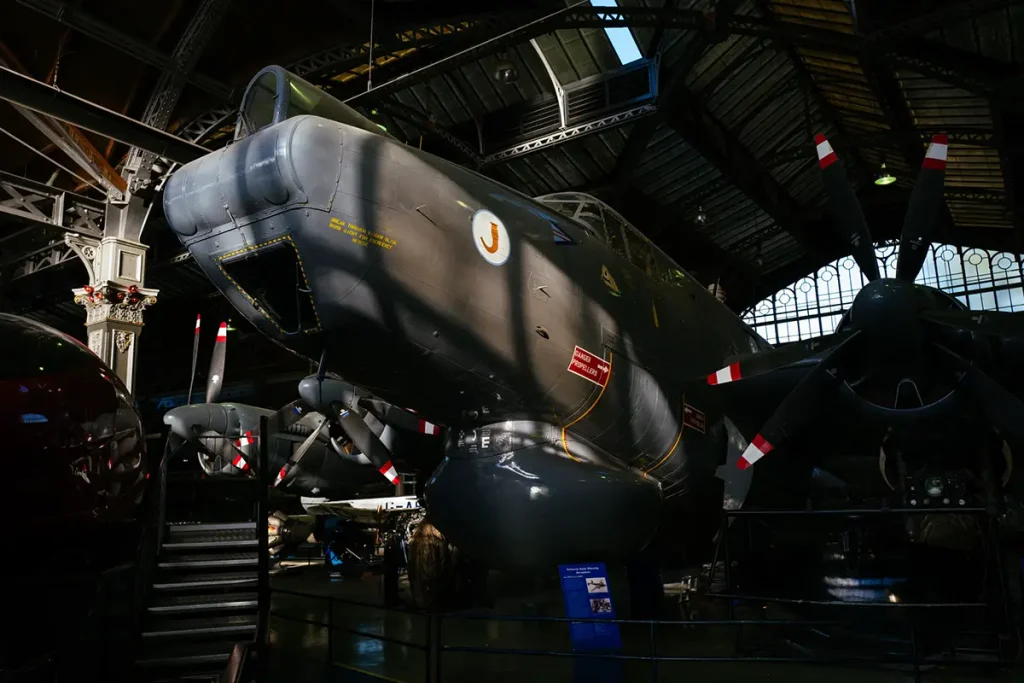
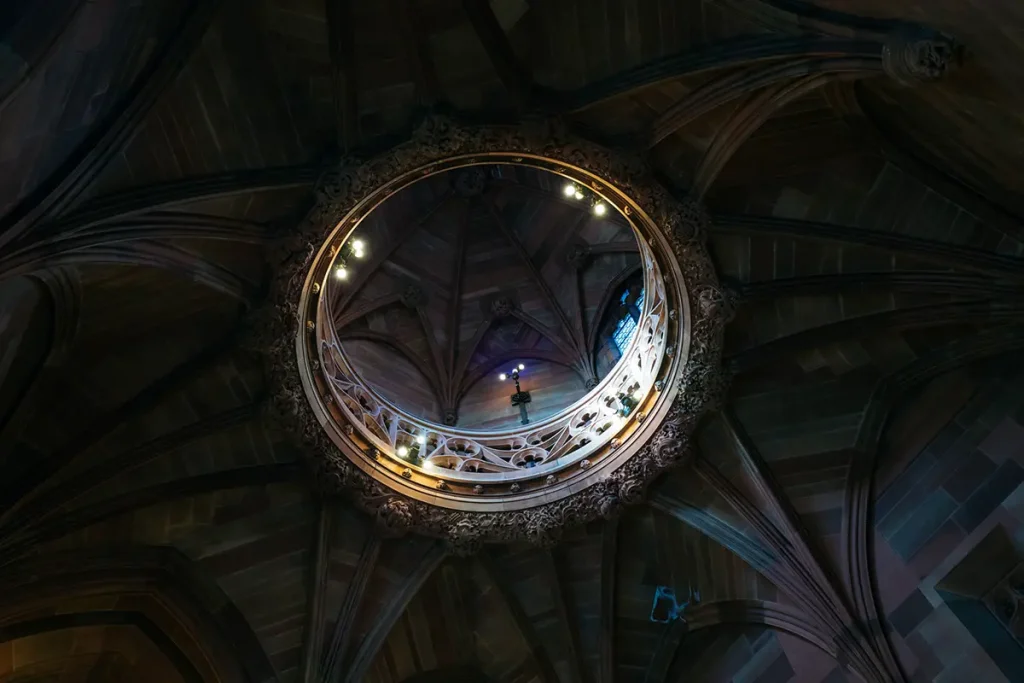
The bad and the ugly
No camera is perfect, and like most cameras I’ve got a couple of quibbles with the Leica Q:
It’s reasonable to expect a camera at this price point to be weather sealed and I generally think this is somewhat of a failing.
My biggest issue however is with the on/off/single/continuous switch that lives on the top of the camera. I generally feel that the single mode, which sits as the middle setting should to be switched with the continuous mode that sits at the end. It’s far too easy to start shooting in continuous because, in a rush, you have turned the switch to far.
The Leica Grip should have an access hatch to remove the battery and memory card without the need of having to remove the grip. The JB grip I had on the Fuji X100F had this handy feature.
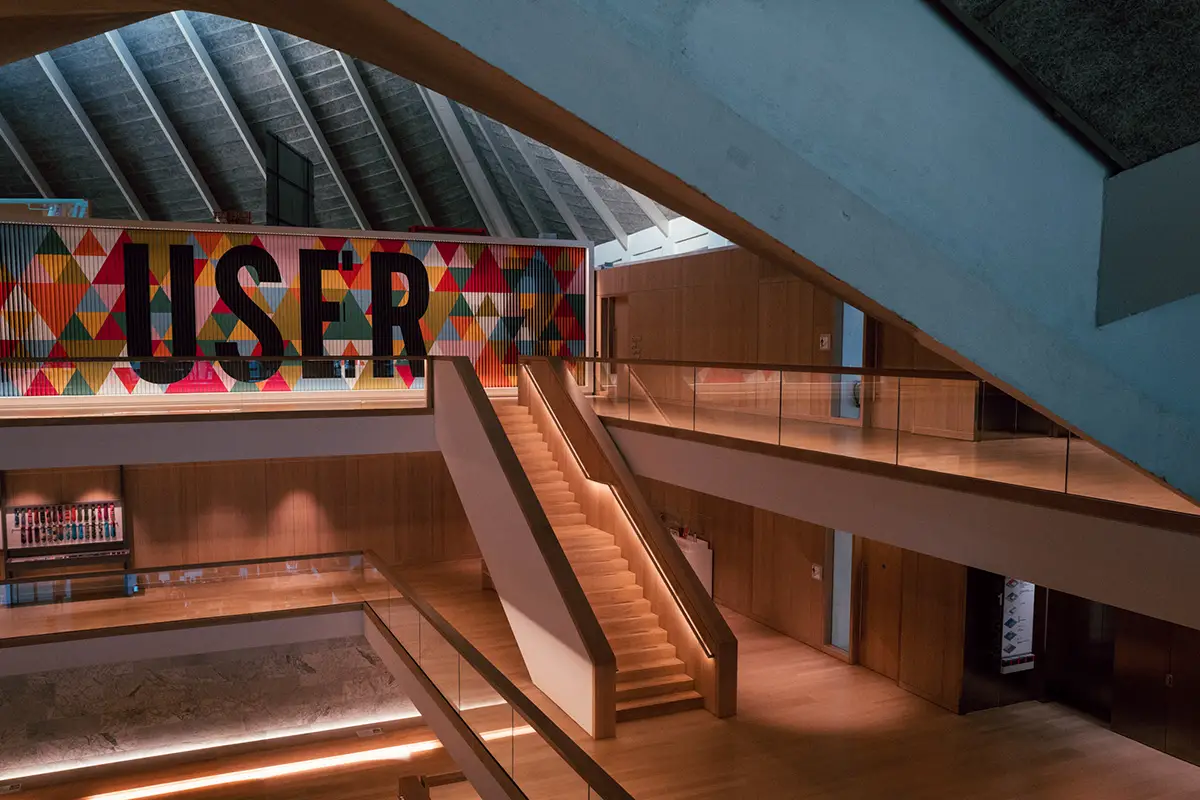
Overall opinion
For the last three months I’ve been using the Leica Q regularly as my day to day camera, a role that I have traditionally fulfilled by more analogue offerings. I will most likely go back to analogue again for the majority of my work as that is where my passion lies, however when I need to use a digital camera it will not be done begrudgingly. I’ve found the Leica Q to be a great compromise between digital automation and analogue camera style controls, as such, it feels great for capturing memories and moments rather than leaving me bewildered with menu trees. The Leica Q might not be as engaging as a Leica M, but the camera is easy to use and more importantly fun. You can’t ask for much more than that.
A few more Leica Q photos
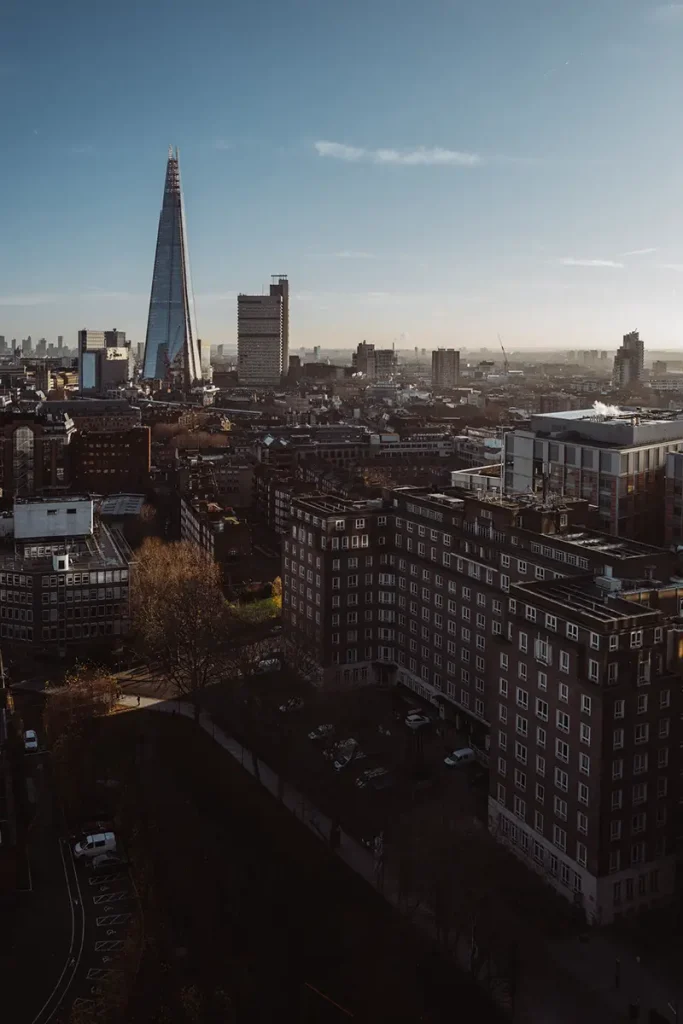
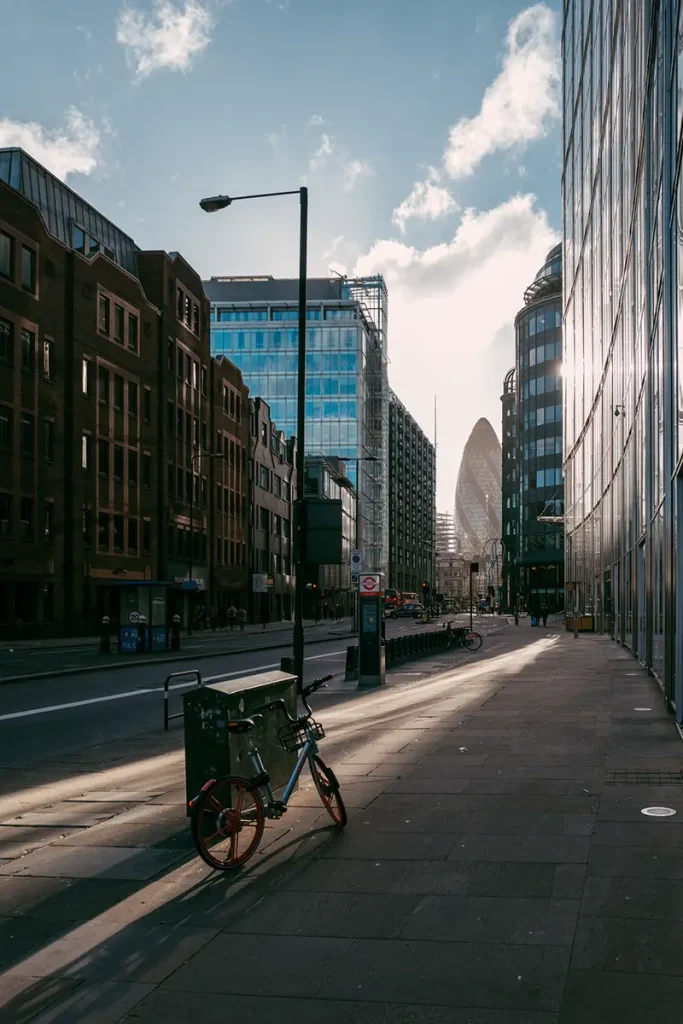
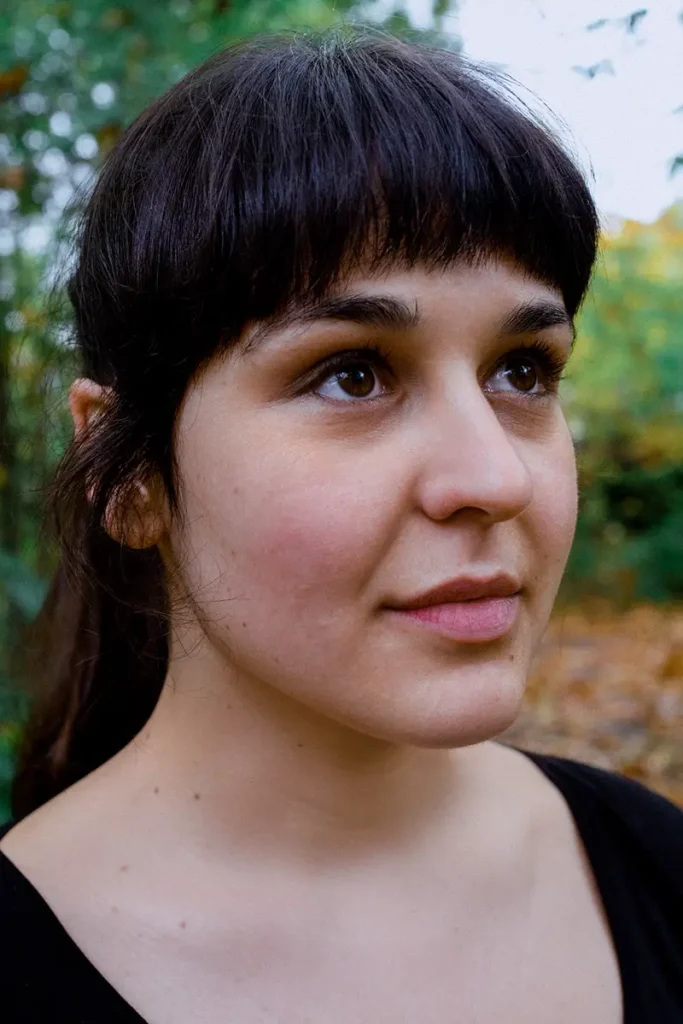

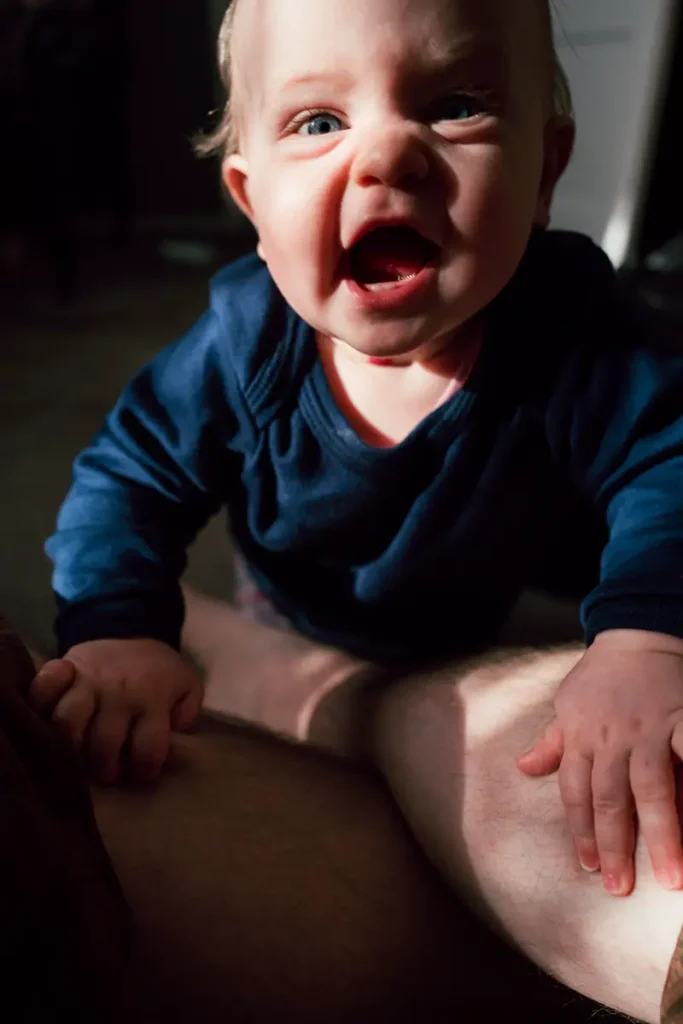
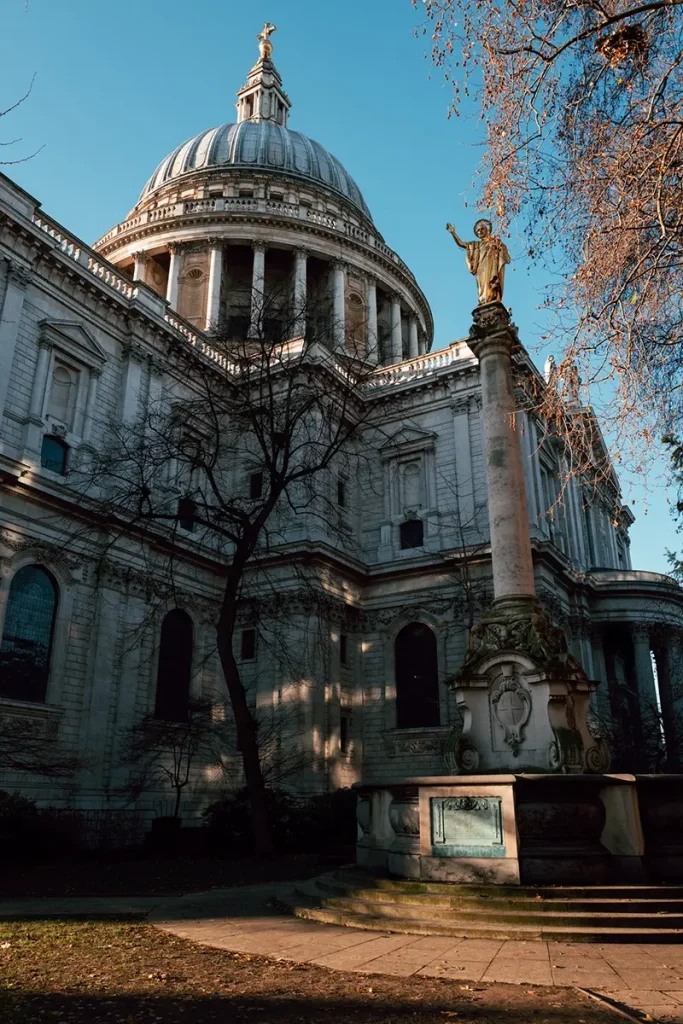
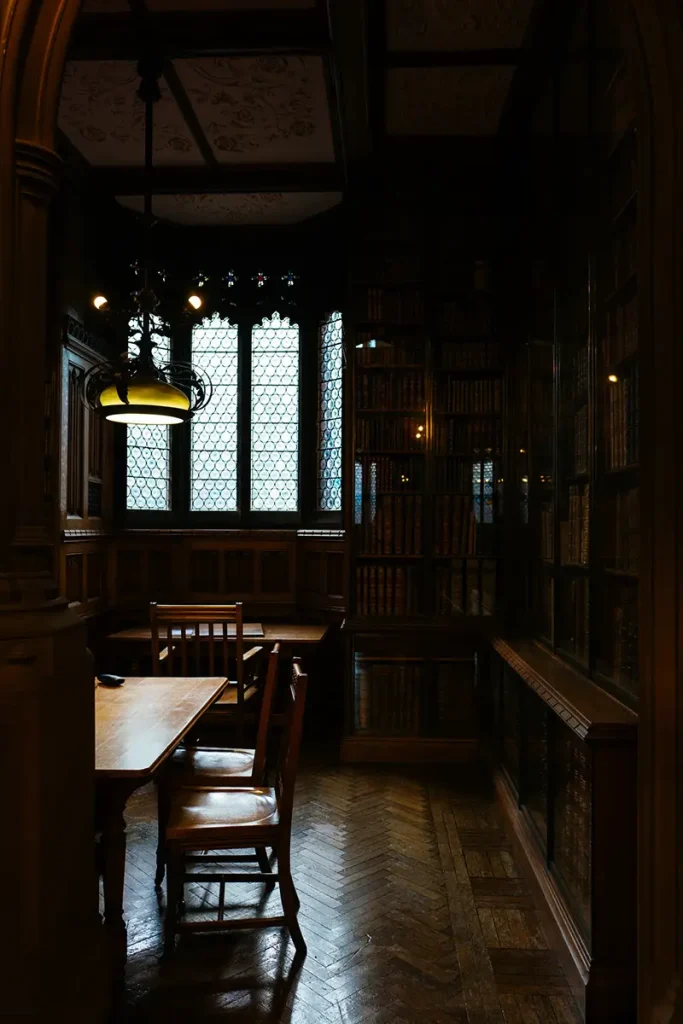
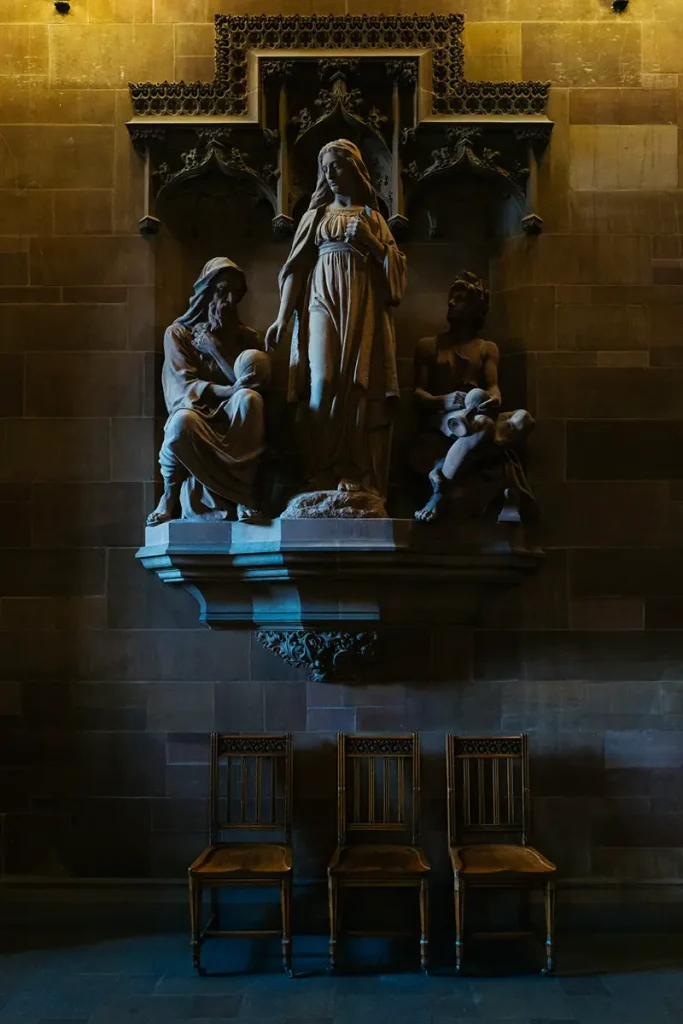
You can see more of my work and musings on my website
Or see recent posts on instagram
Find more content written for 35mmc by me here
Share this post:
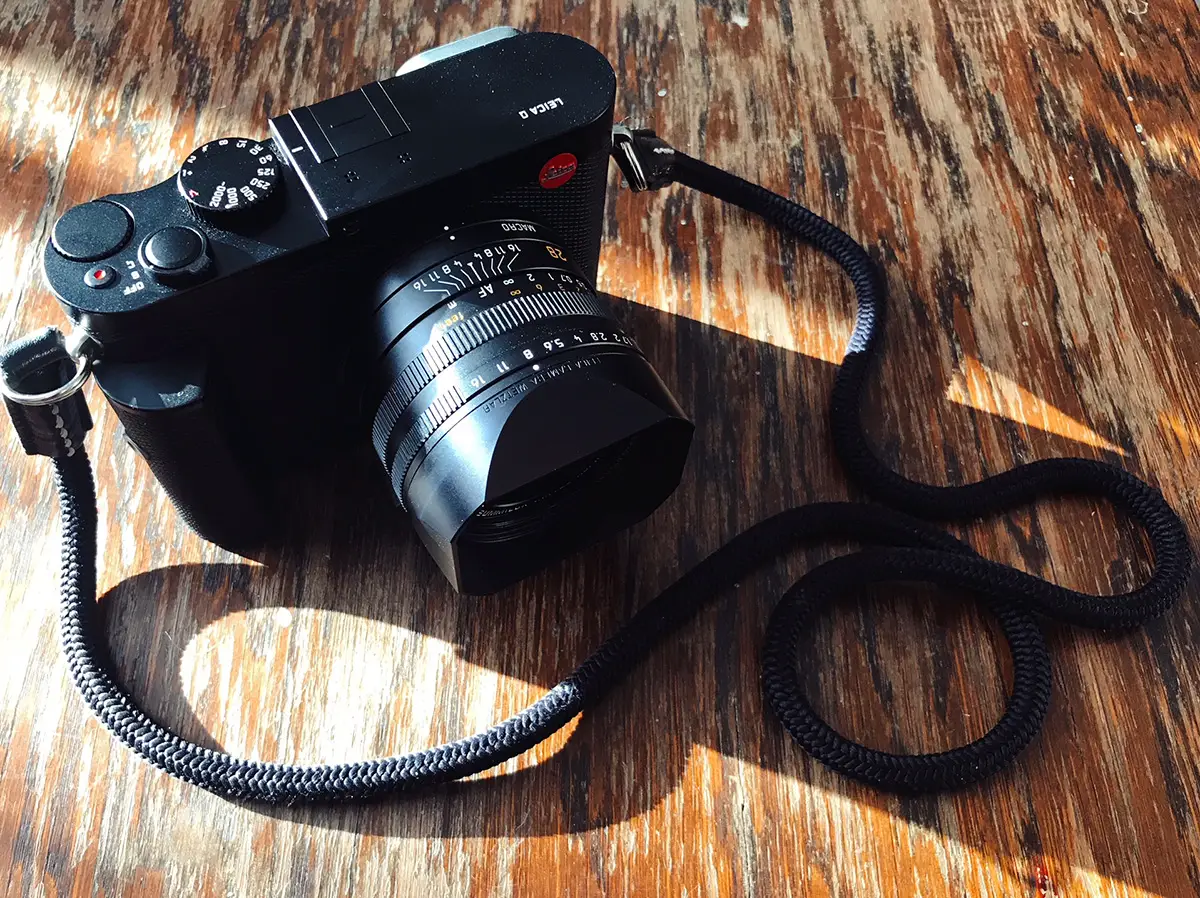








Comments
hobo_go on Leica Q Review – by Adam Laws
Comment posted: 11/06/2018
P.S. Shoots are awesome, they really give a sense that you are on film photography.
Comment posted: 11/06/2018
Greg May on Leica Q Review – by Adam Laws
Comment posted: 13/06/2018
The ThumbsUp grip is something I'd recommend, small and it makes holding the Q one handed a doddle.
Comment posted: 13/06/2018
Neil on Leica Q Review – by Adam Laws
Comment posted: 13/06/2018
Comment posted: 13/06/2018
Nick on Leica Q Review – by Adam Laws
Comment posted: 10/10/2018
Comment posted: 10/10/2018
David M Burke on Leica Q Review – by Adam Laws
Comment posted: 06/11/2018
Comment posted: 06/11/2018
Thale Osvik on Leica Q Review – by Adam Laws
Comment posted: 17/11/2018
It was interesting to read you review of the Leica Q. I have been a Nikon user for the past 5 years (that's how long I've been a "photographer"). I currently use a Nikon D810, mostly with a Nikkor 135mm lens (I have yet to met anyone who fancies that lens!). I have found that it is possible to use the 135mm for shooting almost anything, although it has its limitations (it's sometimes impossible to get far enough away from the subject, haha). I'm considering buying the Leica Q, I don't think shooting with a 28mm lens would be a challenge (I'm also used to 50mm and 85mm), but my concern is related to two things: 1) taking portraits, and 2) the Nikon D810 has 36 mp which gives you great opportunities when it comes to cropping. How would you say the Q works related to this? My work usually is portraits or street, quite moody. Feel free to check out my instagram: @photoby_thale. My plan is to use the Leica as a camera no. 2 to begin with. The Nikon has been a great friend, but I find it to be extremely big and heavy. I shoot in manual, but rarely use all the possibilities the camera provides in the menus. I think I need something less complicated, but with same great quality.
Greetings from Norway :-)
T h a l e
Comment posted: 17/11/2018
Michael on Leica Q Review – by Adam Laws
Comment posted: 15/12/2018
Comment posted: 15/12/2018
David Pullum on Leica Q Review – by Adam Laws
Comment posted: 26/02/2019
Comment posted: 26/02/2019
Comment posted: 26/02/2019
Pete Somerville on Leica Q Review – by Adam Laws
Comment posted: 11/02/2022